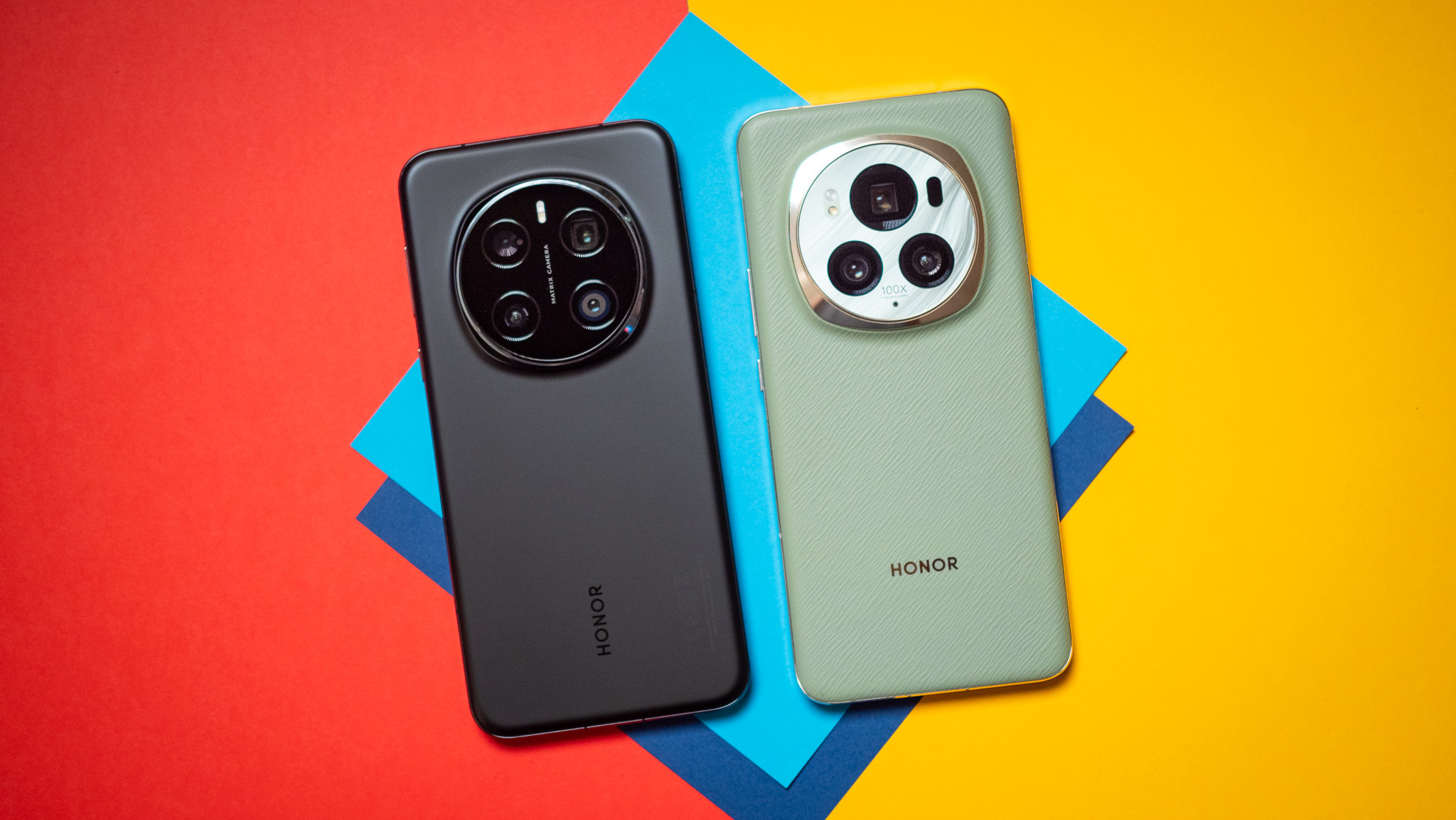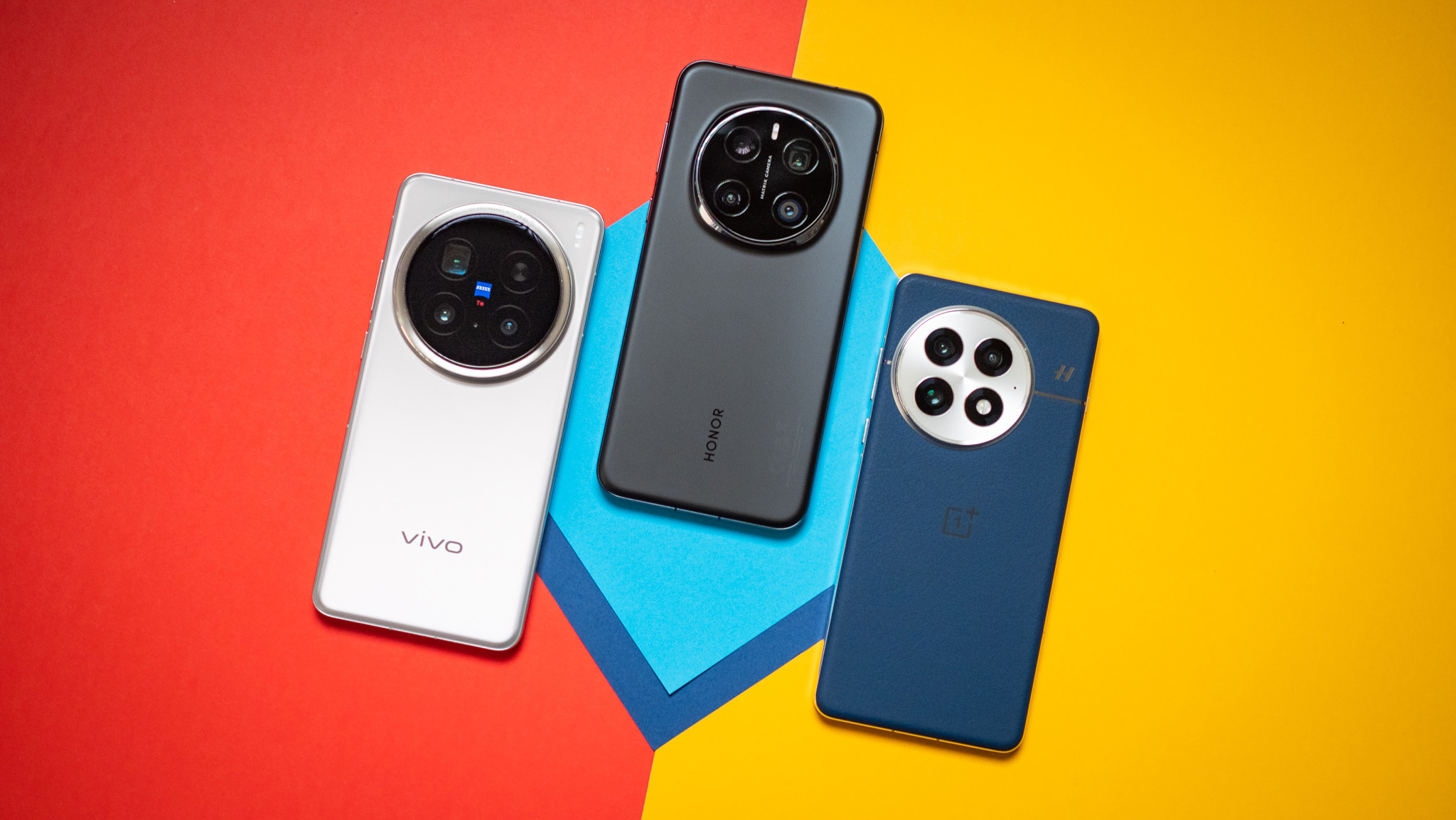I talked to the brand that's revolutionizing silicon battery tech
Group14 is ready to deliver the next evolution of silicon-carbon batteries.

Silicon-carbon batteries are gaining significant momentum, with all Chinese brands utilizing the tech in their 2025 flagships. It's easy to see why manufacturers are rushing to use these batteries in their phones; switching to silicon provides better energy density — allowing brands to squeeze in bigger batteries — alongside increased durability, and it holds up much better in cold weather.

In Hardwired, AC Senior Editor Harish Jonnalagadda delves into all things hardware, including phones, audio products, storage servers, and networking gear.
That's why the likes of the Xiaomi 15 Ultra, Find X8 Ultra, Vivo X200 Pro, and Honor Magic 7 Pro have considerably bigger batteries than their predecessors without adding too much bulk or weight. These batteries still use a lithium cathode, but the anode sees a mixture of silicon-carbon alongside the usual graphite, and this results in greater density.
Group14 is at the front lines of this push, with the brand's SCC55 silicon-carbon composite used widely in the industry — Honor's Magic 7 Pro uses the custom material in its battery, for example. Group14 is now partnering with German industrial giant BASF to deliver a "drop-in-ready solution" that predominantly uses silicon-dominant anodes.
Group14 says this move has the potential to unlock a whole host of new use cases, and I talked to the brand's VP of Global Market Strategy, Grant Ray, to get a better understanding of the tech. "The collaboration with BASF is about working with a leading global partner to develop drop-in solutions that shift the way we think about battery performance."
"BASF is coming up with interesting technologies, and we've been working closely together create a turnkey product that radically reduces reformulation times when manufacturers are considering how they'll do line development to make these batteries. The goal is to cut down on the time it takes to get to market and see the benefit of silicon batteries," said Ray.
At a high-level overview, Group14 is combining its SCC55 silicon-carbon material with BASF's Licity 2698 X F binder — a custom polymer made of styrene-butadiene rubber (SBR) with high stress-strain and elasticity that's designed for silicon-rich anodes. Ray noted that this collaboration makes it much easier for a battery manufacturer to make the switch to silicon-rich batteries. "It allows smaller battery manufacturers that may not have sophisticated capabilities for how they play with their chemistries to start to move a lot quicker in making the transition to silicon."

This is important, because the current generation of silicon carbon batteries used in phones have just 10% silicon in their anode. While silicon has greater energy density of 4200mAh/g — graphite has 372mAh/g — it expands considerably during charging and discharging. Mixing silicon with carbon — as Group14 is doing with SCC55 — increases the material's mechanical integrity while providing better conductivity.
Get the latest news from Android Central, your trusted companion in the world of Android
Ray said the next iteration of batteries will see a greater mixture of silicon-carbon in the anode, with work underway on "full displacement" — completely switching to a silicon-carbon anode. Ray talked about two challenges to getting to that point. "One is the amount of time it takes, and the sophistication that battery vendors have when it comes to dialing in on the best cathode material, the best binder, the best housing, and reformulating their lines effectively."
The second limitation is availability; Ray says that the demand for the SCC55 material is significantly higher than supply, and the manufacturer is aiming to get its U.S. plant online in 2026 to cater to ever-increasing global demand. The current situation with tariffs is another hurdle that's leading to plenty of uncertainty, but Ray notes that Group14 is pushing ahead with its plans.
The brand has another plant in South Korea in a joint collaboration with SK, and this dual sourcing strategy allows it to deliver silicon batteries at a greater pace — Ray likened it to being a "local provider at a global scale. For us, the way that we get to our customers the fastest is we go to them from as close as possible. We're growing as fast as we possibly can, but the fact is that even this is still a drop in the bucket in the global demand for energy."

While full displacement is still some time away, the advances in mixing higher ratios of silicon-carbon anode should deliver batteries with significantly greater density. "You're going to start seeing a much higher percentages of silicon in the batteries as we look to how silicon batteries develop in products over the coming couple of cycles."
This is like a push-pull effect, said Ray, where the phone manufacturers are pushing battery vendors to deliver increasing gains. "We also work directly with the OEMs so that they have a much better understanding of the real benefits of being able to do a full displacement, and they can push those battery manufacturers to go faster, because otherwise we're going to incremental increases."
It's not unfathomable to think next-gen phones featuring 10,000mAh batteries in roughly the same size as today's devices, and Ray said that phone manufacturers are not as risk-averse to trying out increasing silicon mixtures. While this tech is being pioneered by Chinese brands, Ray says we may see bigger brands like Samsung switch to silicon-carbon batteries in the near future — the Galaxy S26 is touted to feature the battery next year.
Using flagships this year made me realize the potential of silicon-carbon batteries, and I'm excited to see how this tech evolves in 2026 and beyond. Most phones these days last at least a day and a half between charges, and I can't wait until the time comes when we'll only need to charge our phones twice or thrice a week.

Harish Jonnalagadda is Android Central's Senior Editor overseeing mobile coverage. In his current role, he leads the site's coverage of Chinese phone brands, networking products, and AV gear. He has been testing phones for over a decade, and has extensive experience in mobile hardware and the global semiconductor industry. Contact him on Twitter at @chunkynerd.
You must confirm your public display name before commenting
Please logout and then login again, you will then be prompted to enter your display name.
